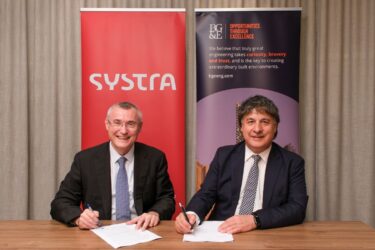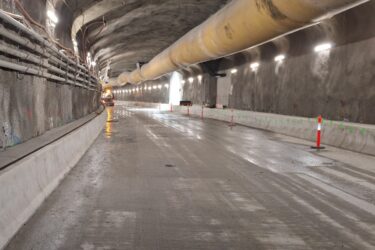Pumped Hydro Energy Storage is a vital technology driving Australia’s energy transition, offering a proven and reliable solution for storing excess energy and delivering power on demand.
Currently, 5-7 per cent of total electricity generation comes from Hydropower in Australia (ARENA). With significant opportunity to expand, AEMO predicts that by 2040, Australia will need up to 15 gigawatts (GW) of large-scale energy storage to power our communities and critical infrastructure. Australia’s potential to become a global leader in Pumped Hydro Energy Storage has been backed by government and industry with up to 22,000 sites capable of storing 67,000GWh identified (Arena, ‘An atlas of pumped hydro energy storage’).
There are currently three schemes connected to Australia’s energy grid – Wivenhoe Dam, Tumut 3 and Shoalhaven, collectively adding 1.6 GW capacity – though a new golden age for the technology has begun. New projects including Kidston Pumped Hydro (QLD) – the first Pumped Hydro Energy Storage System in 37 years – Borumba Pumped Hydro Energy Project (QLD), Snowy 2.0 (NSW) and Tarraleah (Tas) are currently in the pipeline and will see the number of connected schemes grow along with the total percentage of electricity generated.
The growth of Pumped Hydro Energy Storage and its importance to the global energy transition is not isolated to Australia either. According to the International Hydropower Association’s 2024 World Hydropower Outlook, total installed pumped hydro energy storage capacity grew by 6.5GW to 179GW. By 2030, this is set to grow to 240GW.
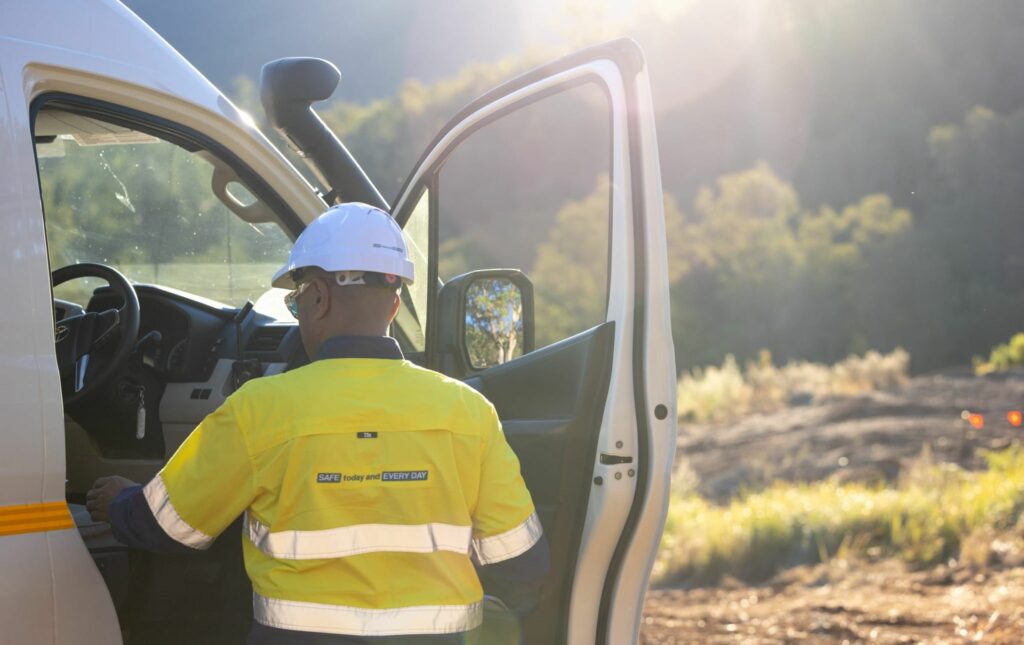
What is Pumped Hydro Energy Storage and how does it work?
Pumped Hydro Energy Storage is a simple idea yet complex in development. It works by using gravity and water to store and generate electricity. To do so, the process involves two reservoirs at different elevations, each serving specific purposes:
- During periods of low electricity demand or excess renewable generation, water is pumped from the lower reservoir to the upper reservoir, storing potential energy.
- When electricity is needed, water is released from the upper reservoir through turbines, generating power as it flows back to the lower reservoir.
This cycle can be repeated indefinitely, making pumped hydro a clean, flexible and long-lasting storage solution and an important part of the energy transition.
The detailed video created by the Queensland Government and Queensland Hydro provides a visual representation of what Pumped Hydro Energy Storage is and how it works.
The Role of Pumped Hydro in Australia’s Energy Transition
Pumped Hydro Energy Storage projects date back over 100 years globally with Australia’s own history emerging in the late 1940’s with the Snowy Hydro. The importance of the Snowy Hydro laid the foundations for Pumped Hydro Energy Storage in Australia with Tumut 3 located within the scheme reaching completion in 1973. The overall scheme consists of eight power stations, 16 major dams, 80 kilometres of aqueducts and 145 kilometres of interconnected tunnels. This equates to a generation capacity of 4,100 megawatts (MW) and produces on average, 4,500 gigawatt-hours of renewable electricity each year.
Long seen as an alternative technology, it’s only now that it is finding an increased role in the national energy market. With fossil fuels being slowly phased out of the energy system, Pumped Hydro Energy Storage offers competitive advantages over other alternatives and provides many benefits that will enable and enhance Australia’s energy transition. These include:
- Grid Stability and Reliability
As intermittent renewable energy sources such as wind and solar are increasingly integrated into power grids, maintaining stability becomes challenging. Pumped hydro provides stability to the grid through its ability to balance supply and demand, maintain grid frequency and prevent surges and blackouts. This is particularly important when renewable energy generation is reduced.
- Large-Scale, Long-Duration Storage
Pumped hydro can store massive amounts of energy for extended periods. This capability is crucial for managing seasonal variations in renewable energy production and demand. Pumped Hydro exists as the only renewable, large-scale storage technology. In Queensland, two planned projects at Borumba and Pioneer-Burdekin will have the potential to store up 7 gigawatts of electricity. This would be enough to power the whole of Queensland for an entire day before needing to be recharged (Department of Energy and Climate).
- It is Renewable
Pumped Hydro uses natural resources to store and generate power and by this very fact offers one of its most significant benefits. With the added overlay of a global energy transition and net zero agreements, Pumped Hydro compliments wind and solar technologies and through its ability to offer large-scale storage makes those projects increasingly viable.
- Low operational costs
Despite a high CAPEX price tag, particularly during the construction phases, Pumped Hydro Energy Storage facilities have long operational lifespans (50-100 years) and low maintenance costs, making them a cost-effective solution in the long-term. In addition, the cost of stored energy is relatively low when compared with generation. A review done by the Australian National University in 2021 found Pumped Hydro storage costs around $18/MWh compared to the cost of solar and wind energy, which is estimated to be between $27 and $56/MWh by 2030 for solar and $40 and $59/MWh for onshore wind (CSIRO).
Pumped Hydro vs. Battery Energy Storage: Complementary Roles in Australia’s Energy Future
Pumped hydro and regular energy storage batteries are complementary technologies, each offering benefits to Australia’s energy transition.
One of the main benefits of Pumped Hydro is that it can power thousands, if not millions of homes. It excels at large-scale, long-duration storage and offers long operational lifespans.
In comparison, battery storage systems, particularly lithium-ion batteries, offer advantages at the other end of the market where rapid response times are required after events such as storms. Batteries can be deployed faster, are cheaper to build, leave a smaller geographical footprint, and can be easily scaled to meet specific needs.
For the sake of comparison, as revealed in ‘An atlas of pumped hydro energy storage’ (2017), Snowy 2.0 could store up to 360GWh whereas the Tesla Battery in South Australia has a capacity of 0.13GWh and only has a life expectancy of up to 15 years.
Both technologies have their role to play in Australia’s energy transition and both are required if we are to achieve ambitious net zero targets. The choice between pumped hydro and regular battery storage often depends on specific project requirements, geographical constraints, and the intended role within the broader energy system.
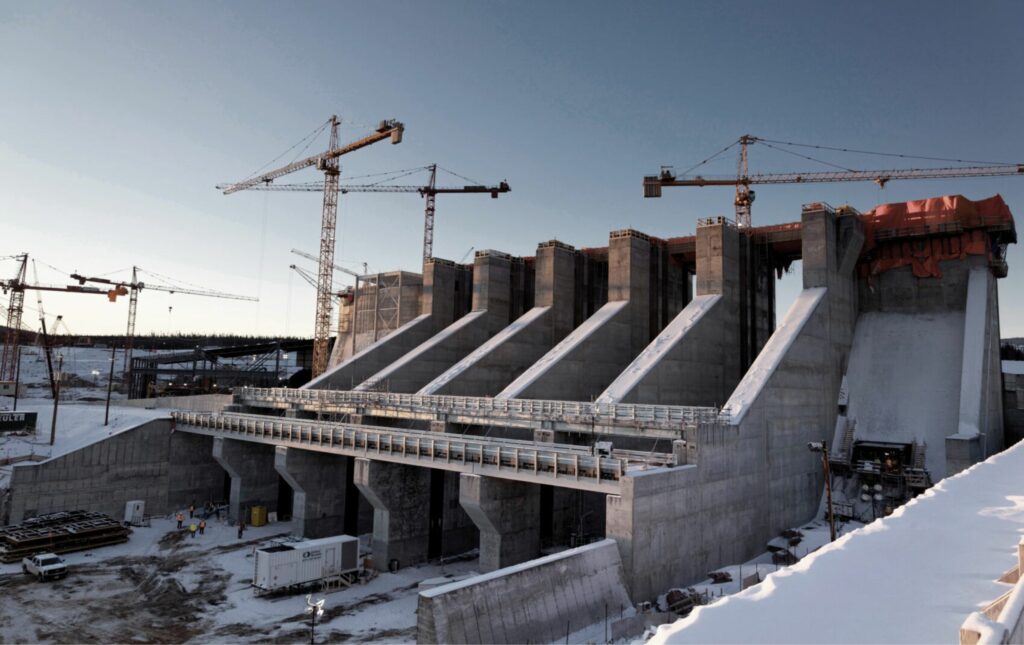
A look at Pumped Hydro Energy Storage Projects
Kidston Pumped Hydro
The Kidston Pumped Storage Hydro Project is an innovative renewable energy initiative in Far North Queensland that has repurposed an abandoned gold mine into a 250 MW facility. As the flagship project of the Kidston Clean Energy Hub, it will be the first of its kind in Australia to integrate solar, wind, and pumped hydro storage. Once completed in 2024, the project will provide 2,000 MWh of energy storage with rapid response capabilities. SYSTRA is playing a key role in the project’s engineering and design, leveraging its expertise in sustainable infrastructure solutions to help deliver this groundbreaking renewable energy hub.
Click here to learn more about this project.
Borumba Pumped Hydro
The Borumba Pumped Hydro Project aims to harness the power of pumped storage technology to support Queensland’s energy transition. With a planned capacity of up to 2,000 MW and 24 hours of storage, the project will be one of the largest pumped hydro facilities in the world. SYSTRA has been appointed by Queensland Hydro to provide underground technical services and management services for the project, drawing on its extensive experience in tunnels and underground infrastructure.
Click here to learn more about this project.
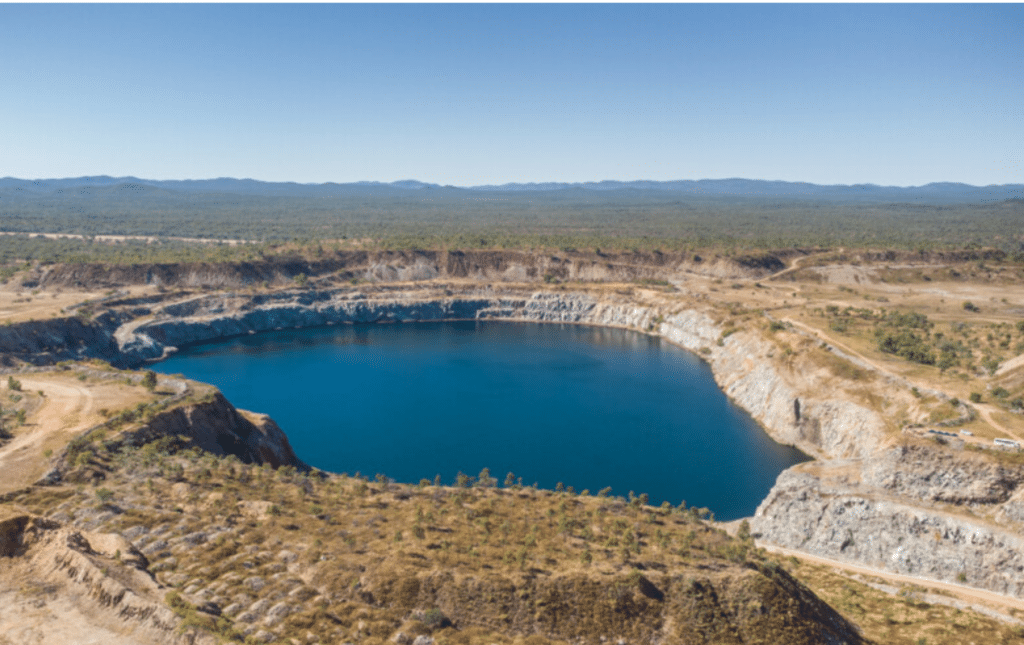
Kidston Pumped Hydro
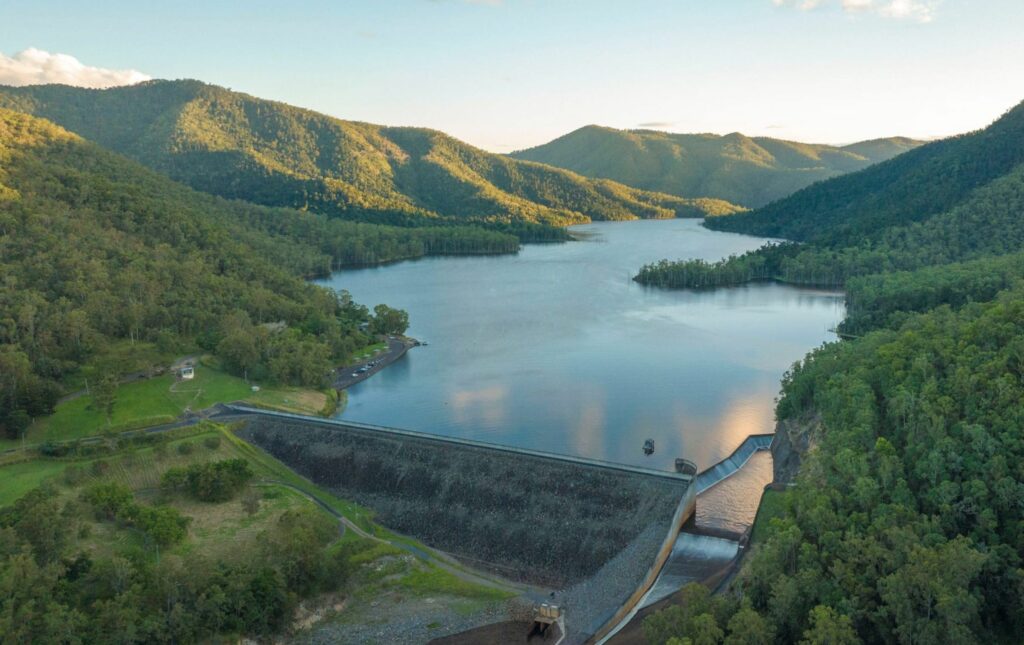
Borumba Pumped Hydro Project
Challenges and Future Outlook for Pumped Hydro Energy in Australia
Australia’s potential to become a globally recognised leader for Pumped Hydro Energy Storage has been endorsed by government and industry.
New technologies and innovations in design, including the repurposing of existing infrastructure are helping to advance the viability of projects. This is helped by the fact the energy transition is a matter of climate and human urgency and backed by net zero targets around the world.
Despite its benefits and the enormous potential within Australia, the technology faces challenges. These include:
Environmental impacts:
Due to the sheer scale of these projects, there are environmental concerns that must be carefully managed both in development and across its lifetime. Pumped Hydro projects typically undergo lengthy Environmental Impact Assessments to navigate complexities such as:
- Inundation of land, often in forested areas
- Damming of natural water courses with the resulting changes to the natural hydrology
- Effects on aquatic life, threats and disturbances to habitats
- Water quality and management
- Climate change – The evaporation and use of water in particular
- Energy loses
Despite being a renewable form of energy storage, Pumped Hydro will still impact the environment around it.
High development cost:
Pumped Hydro projects are significant infrastructure developments. In 2018, AEMO predicted the average cost of building a new Pumped Hydro Energy Storage facility is around $2 million per MW, offering a guide to today’s estimates. The Borumba Pumped Hydro facility for context will cost around AUD 14 billion.
Long development timelines:
Research suggests the average lead time for a project is around 12 years (ARENA). The long lead time from concept to energy generation is due to the complexity of the project, the lengthy stakeholder engagement process and the need to carefully plan around it i.e. how to connect into renewable energy sources as well as the national grid. Long lead times can also expose the project to cost blow outs and delays which are not uncommon.
Remote locations:
Sites identified as having potential for Pumped hydro developments are often located in remote locations. As a result, transmission lines are then required to scale long distances inviting further complexity, greater cost and may also require further infrastructure development. Onsite staff may also be required to relocate, creating mobility challenges, though this can create opportunities for regional development and growth in the local economy.
Renewable energy Zones
Pumped Hydro Energy Storage projects are often located near or within renewable energy zones. Because they are often part of much wider programs, the planning process can be long and at times challenging because you are planning for more than just the Pumped Hydro project.
Conclusion
Pumped Hydro Energy Storage will play an increasingly important role in Australia’s renewable energy transition. Its ability to provide large-scale and long-duration storage at a relatively low cost makes it a vital component in creating a stable, reliable, and clean energy future. As technology advances and policy support grows, Pumped Hydro Energy Storage technology well positioned to capture its full potential, helping Australia to become a global leader for the renewable energy source.
Related News and Insights

- News
17 September 2024
SYSTRA to support Queensland Hydro on Borumba Pumped Hydro Project
Our Sectors and Services
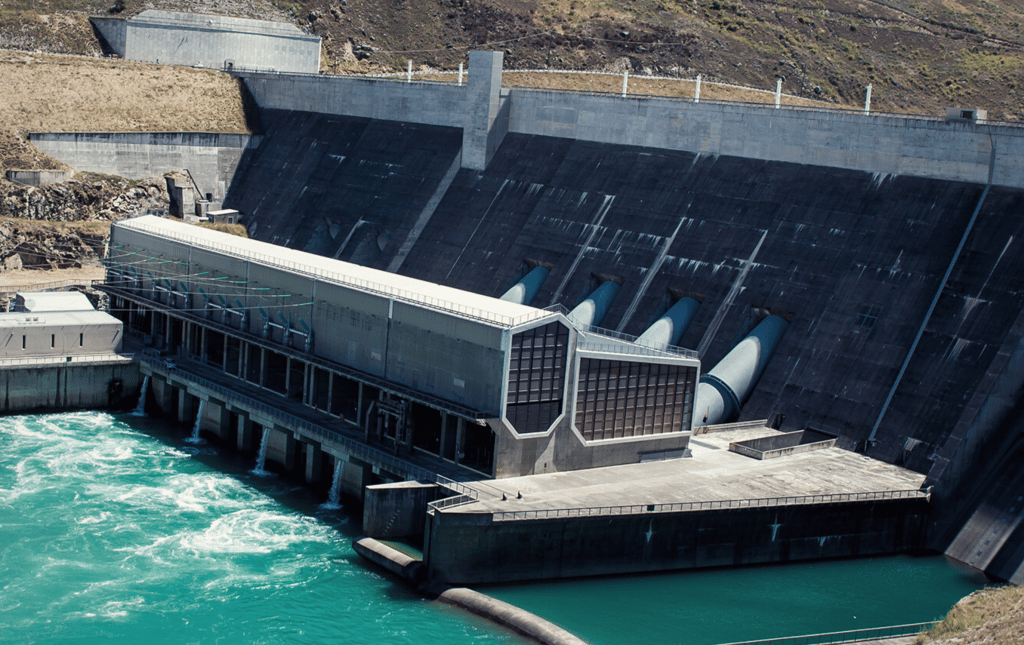
- markets
Pumped Hydro and Dams
Read more sur Pumped Hydro and Dams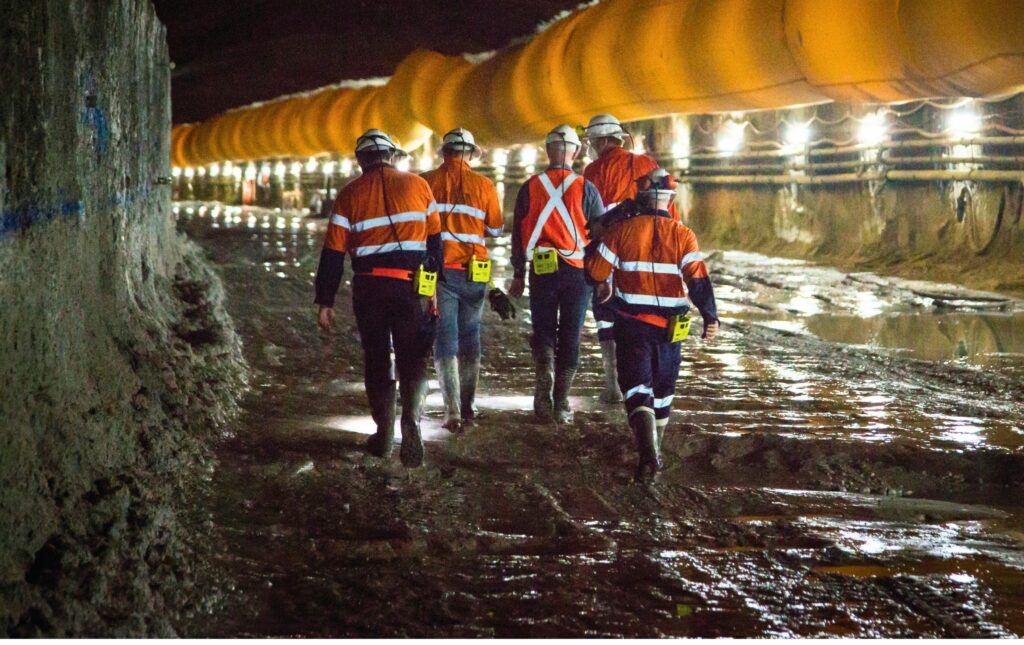
- services
Design and Engineering Services
Read more sur Design and Engineering Services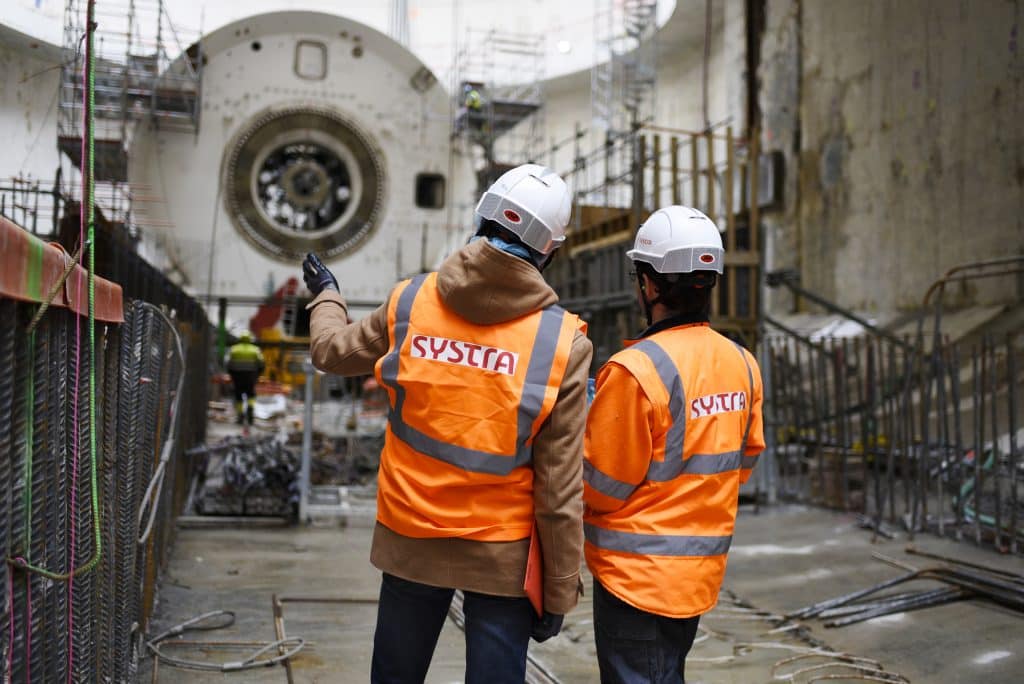
- markets
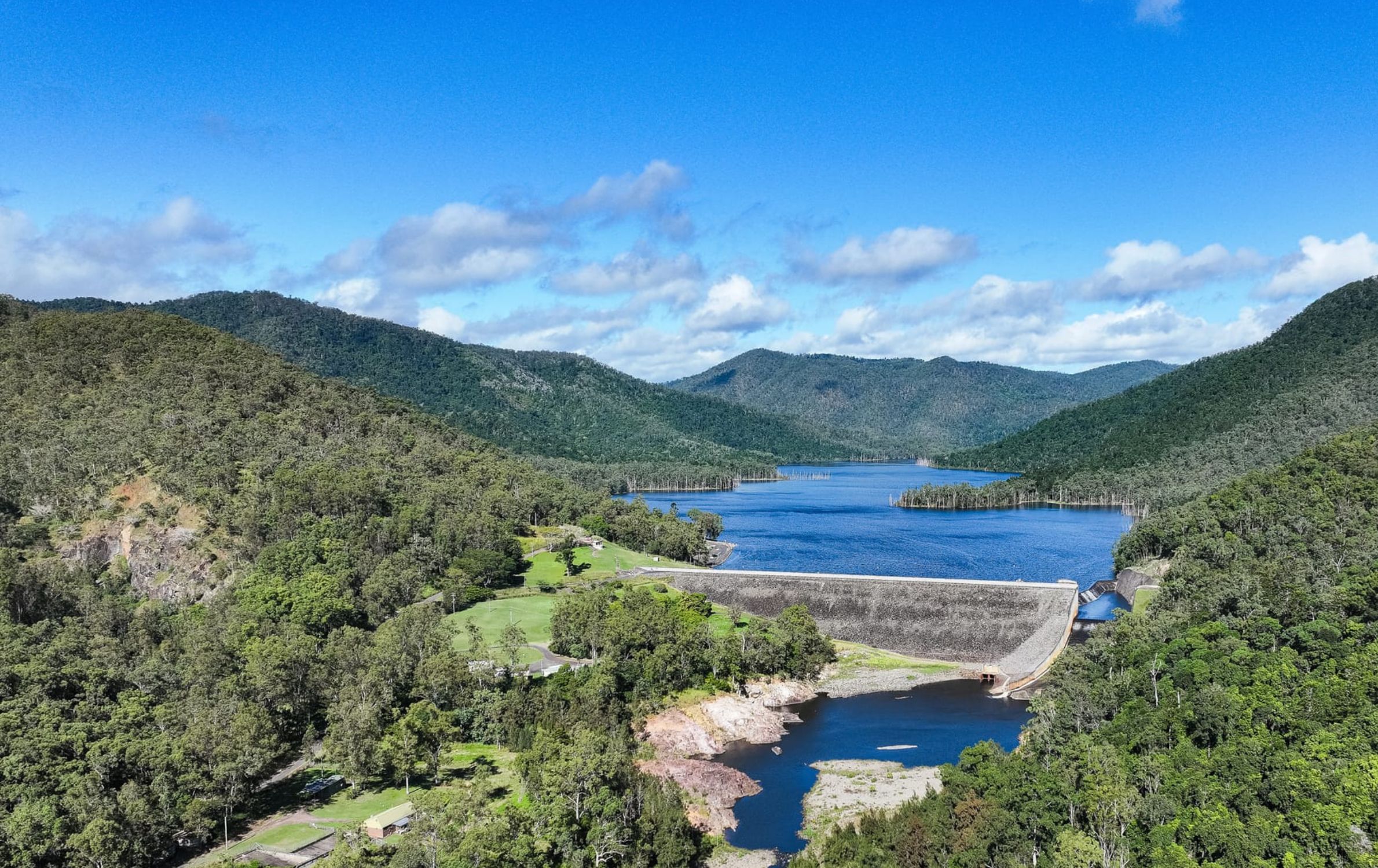
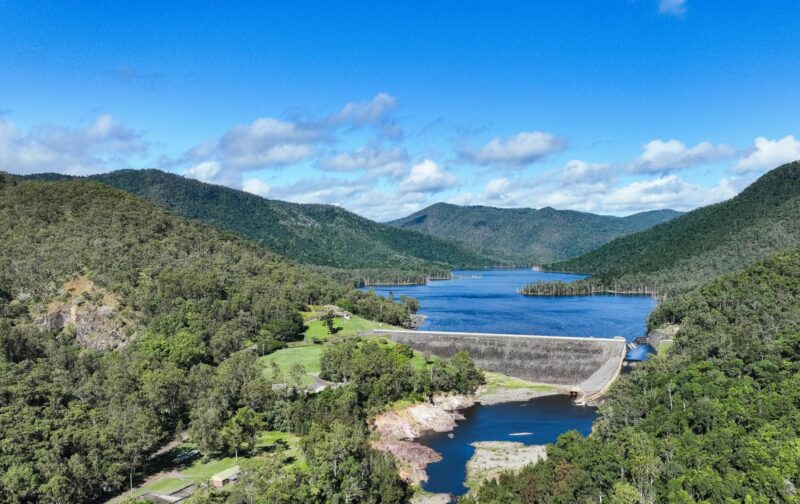
 Brazil
Brazil  Canada
Canada  Chile
Chile  China
China  Columbia
Columbia  Denmark
Denmark  Egypt
Egypt  France
France  India
India  Indonesia
Indonesia  Ireland
Ireland  Italy
Italy  Malaysia
Malaysia  Norway
Norway  New Zealand
New Zealand  Panama
Panama  Peru
Peru  Poland
Poland  Portugal
Portugal  Saudi Arabia
Saudi Arabia  Singapore
Singapore  South Korea
South Korea  Spain
Spain  Sweden
Sweden  Taiwan
Taiwan  Thailand
Thailand  Türkiye
Türkiye  United Kingdom
United Kingdom  United States
United States  Vietnam
Vietnam 